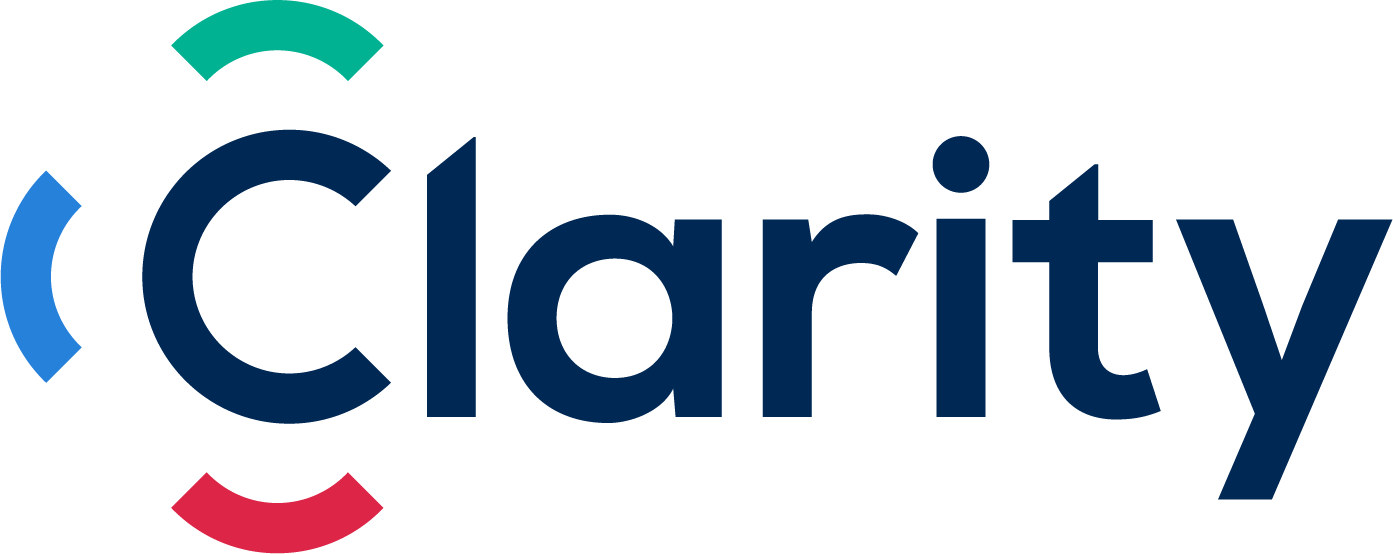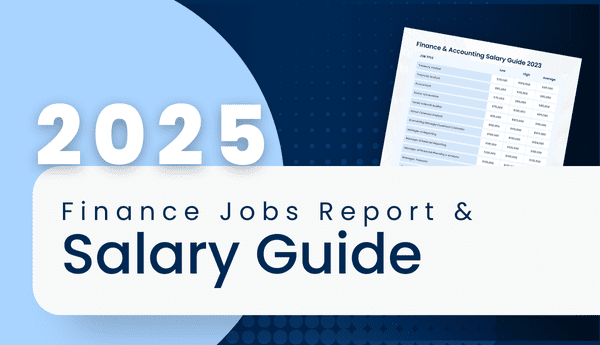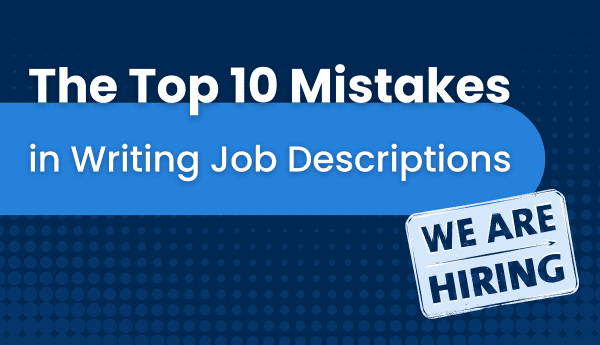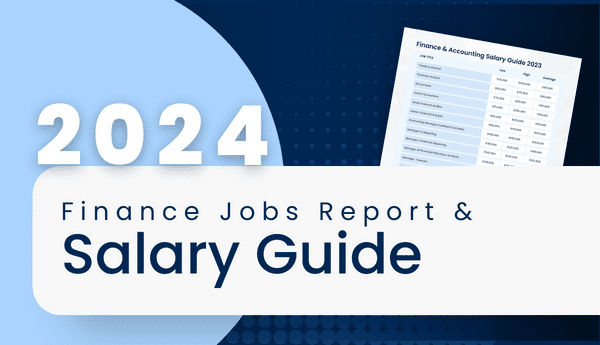By David Mudd
David is a member of Clarity Recruitment’s Advisory Board and a guest blogger.
He has 15 years of corporate human resources and consulting experience, specializing in HR operations and talent management solutions. With an MBA in Organizational Behaviour, David helps ensure our company drives real value for clients, candidates and partners. Read more from David on his blog HR By The Horns.
Recently, I’ve been approached for help by an increasing number of talent acquisition leaders – either because the prospect’s business has changed in some way and staffing needs to evolve accordingly, or the leader fears his/her team has missed the “recruiting technology” bus and wants to know how to get onboard fast.
Before getting into my reply, let me say it’s great to hear these questions. I have a soft spot for talent acquisition and love to see it getting the spotlight. And so it should – growing business complexity, talent scarcity and ongoing cost constraints mean that demand for recruiting excellence is on the rise. In fact, findings from Aberdeen’s Human Capital Management Trends 2013 suggest that effective talent acquisition is the top people priority for many organizations.
But I digress. Below are the fundamental questions I’ve used to structure many talent acquisition projects. In turn, these questions represent my take on some of the top challenges that staffing leaders face today.
What’s our talent acquisition strategy? This probably comes across as a no-brainer, but it’s rare to see an over-arching strategy for the organization. To define a strategy, start by segmenting the workforce based on position impact and talent availability*. Then, align the results with hiring forecasts. This might sound fluffy, but it’s not. The exercise gives you the data and perspective necessary to understand the nature and scope of your recruiting challenges – and for developing the content of your overall strategy. A subsequent post will build on this topic, including the “building blocks” of an effective talent acquisition strategy.
What’s our employment value proposition? This might sound pretty basic, too, but few organizations seem to take the time to get it right. Often this is because the question is answered in a general context, instead of with a recruiter’s lens. An effective value proposition isn’t what makes company X a nice place to work – it’s what makes company X a unique place to work. More specifically, what makes your organization different, why does this matter, and who will that appeal to? While answering these questions truthfully can be difficult, platitudes about “quick pace”, “collaboration” and so on can be real conversation killers with top talent.
What’s the right mix of internal and external resources? Almost every organization I work with has some sort of mix, i.e., full-time staffing/HR employees and various external players (contractors, search agencies, service providers, etc). Usually mix is a good thing due to hiring volatility, specialization, and degree of technology investment required. The challenge is optimizing that mix: what positions should my internal team focus on and what should that team look like? And, what jobs should I outsource, to whom, and how can I leverage those partnerships most effectively? Another future post will build on this topic, including when to consider Recruitment Process Outsourcing.
How can we overturn our reactive staffing model? Most staffing professionals know that a purely reactive approach to recruiting – where sourcing begins only after requisition approval – is the antithesis of leading practice. And even without decent forecasting, most recruiters instinctively know the jobs they should be more proactive about. So why can’t some organizations make this change? Inadequate technology can stall progress, as can outdated staffing policies – but a more common obstacle is lack of leadership. For varied reasons, some staffing managers won’t take this bull by the horns. Is it my place to drive this change?Unequivocally, yes! To me, this question isn’t about process, tools or strategy – it’s about attitude and asserting recruiting leaders’ rightful place in the organization.
How can we embrace new recruiting technology ASAP? My answer to this question is somewhat provocative – don’t, at least to start. In HR Executive Online I suggest (perhaps too directly!) that technology can be a “distraction”. The real point is that we need to establish the basics before wading too far into the dizzying array of fantastic new recruiting tools. Borrowing from questions 1, 2 and 3 above, what is your strategy? (so you have an inkling of which technologies would meet your needs), what is your value proposition? (so you know what to tell people when you use these tools), and what resources will your external partners bring to the party (so you know what’s available and don’t pay twice)?
* Adapted from the Conference Board of Canada, 2006
Let us know what you think! At Clarity Recruitment, we’re always interested in hearing from accounting and finance professionals like yourselves, who are ready for new, exciting opportunities that can take their careers to the next level. And be sure to follow us on Twitter (@clarityrecruits) and connect with us on LinkedIn and Facebook for more great tips and advice.





